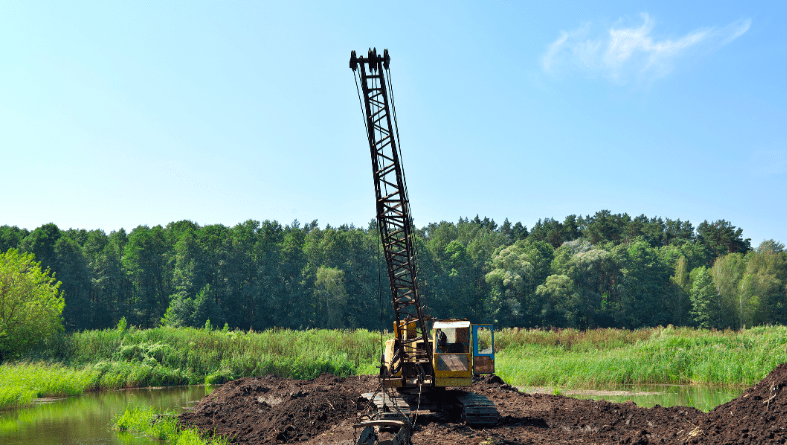Aitkin Agri-Peat Mercury Pollution
Minnesota Peat Mining
As of January 2020, the Minnesota Department of Natural Resources (DNR) reported nine active peat mining leases with 8,176 acres of active peat mine leases.

Aitkin Agri-Peat Mercury Limits
The Aitkin Agri-Peat mine in Cromwell, Minnesota, requested a permit from the U. S. Army Corps of Engineers to reopen hundreds of acres of bogs and wetlands for peat mining in the Mississippi River Watershed. In connection with the re-opening of the Agri-Peat Cromwell mine on June 7, 2011, the Minnesota Pollution Control Agency (MPCA) gave notice of its intent to issue a National Pollutant Discharge Elimination System/State Disposal System (NPDES/SDS) water pollution permit for the peat mine.
The proposed permit would have allowed re-opening of a peat mine without setting any limits for mercury discharge. WaterLegacy’s research disclosed the following:
- The prior permit for the Aitkin Agri-Peat mine had contained a water quality based effluent limit (WQBEL) for mercury.
- The Aitkin Agri-Peat mine had a history of violating mercury standards.
- The waters into which the Aitkin Agri-Peat mine discharges are waters already impaired for mercury, so that fish already have excessive mercury contamination.
- The federal Clean Water Act prohibits “backsliding,” namely weakening of water quality permits, such as removing a mercury limit from a permit like the Aitkin Agri-Peat permit.
Success in limiting mercury: As a result of WaterLegacy’s advocacy and the work of EPA permit program staff, MPCA conducted an analysis and determined that Aitkin Agri-Peat mining had the reasonable potential to cause exceedances of mercury in surrounding waters.
When the Aitkin Agri-Peat water pollution permit was issued in 2013, it contained water quality-based limits on mercury. As a result, the peat mine was redesigned with sedimentation basins to reduce mercury discharge.
Impact on Mercury Limits for Other Permits
American Peat Technology
PolyMet NorthMet Copper-Nickel Mine
When the MPCA proposed the draft water pollution permit for the PolyMet NorthMet copper-nickel mine in 2018, WaterLegacy and tribal allies raised concerns about mercury that would be released when mine site wetlands and peatlands were excavated. MPCA did not perform a reasonable potential analysis to determine if mercury limits were needed or if additional methods were needed to mitigate mercury discharge at the mine site.
Based on EPA staff experience beginning with the Aitkin-Agri Peat water pollution permit, EPA program staff comments on the draft PolyMet permit highlighted this deficiency:
